


.png)
.png)
.png)

MISA’S welding positioners are designed to bring precision, stability, and efficiency to your welding processes. Engineered to lift, tilt, and rotate heavy workpieces with ease, our positioners support various angles and orientations, making it simple to achieve high-quality welds.
With adjustable speed control and robust construction, these machines are ideal for applications across industries—from oil and gas to manufacturing—ensuring reliability and safety in even the most demanding environments.

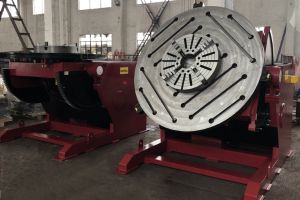
MISA offers all type of 3 jaws self-centering chuck and 4 jaws manual chuck, we can also design fixture for specific workpieces.
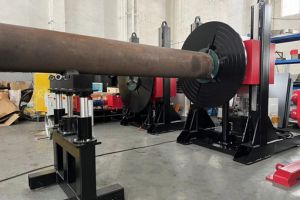
MISA’s Positioner can serve with height adjust roller support, in case customer have longer pipe.
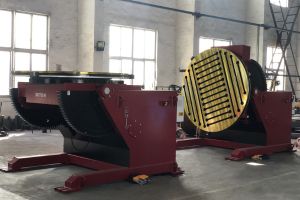
MISA can design the T-slots on the table, so that special irregular workpieces can be fixed with clamps. Meet the clamping requirements of different workpieces.
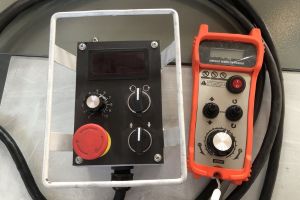
MISA provide wired hand pendant with 25ft long control cable or wireless hand pendant with 300ft working area. Foot switch is also equip with the machine for manual spot welding.
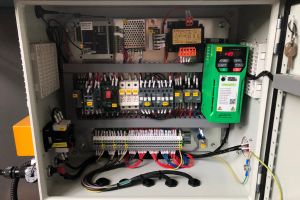
MISA customize the suitable power supply for your machine,from 110v to 600v, we know your Industrial input voltage and electrical requirements. And different standard, such as the safety rules , cable color,etc.
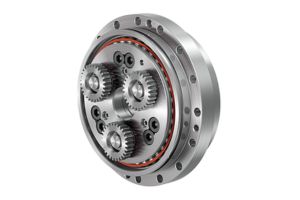
MISA can design high accuracy rotating positioner, which repeatability can reach to +/- 0.1 degree. With servo motor and PLC control, As the external axis of the robot.
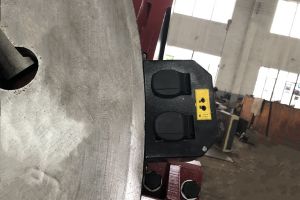
MISA can be equipped with a heating device in the positioner table. When some special workpieces need to be heated while welding, a thermocouple is necessary.
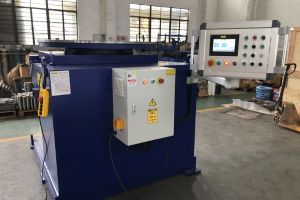
MISA can be equipped with a heating device in the positioner table. When some special workpieces need to be heated while welding, a thermocouple is necessary.
A welding positioner is a specialized device used in welding operations to securely hold and manipulate workpieces, positioning them in an optimal orientation for welding. Think of it as a robotic arm or turntable that can rotate and tilt the workpiece, making it easier for the welder or a welding robot to access the areas that need to be welded without constant manual adjustments. These devices are critical in modern welding processes, offering precision, efficiency, and safety across various applications. By automating the positioning of workpieces, welding positioners streamline workflows, reduce errors, and enhance the overall quality of welds, making them indispensable tools in manufacturing and fabrication industries.
Welding positioners are mechanical devices designed to hold, rotate, and tilt workpieces during welding, ensuring optimal positioning for welders or automated welding systems. They come in various forms, from simple rotary tables to complex multi-axis systems, and are tailored to handle different workpiece sizes, shapes, and welding requirements. By providing precise control over the workpiece's orientation, welding positioners eliminate the need for manual repositioning, which can be time-consuming and physically demanding. They are commonly used in both manual and automated welding setups, supporting processes like MIG, TIG, and arc welding, and are essential for achieving consistent, high-quality welds.
Welding positioners work by securely clamping the workpiece and allowing it to be rotated or tilted to the desired angle. This ensures that the welder can access hard-to-reach areas without needing to reposition heavy or cumbersome materials manually. The result is a more efficient workflow, reduced welder fatigue, and improved weld accuracy, making welding positioners a vital tool in industries requiring precision and productivity.
Welding positioners offer numerous advantages that enhance welding operations across various industries. Here's a breakdown of what welding positioners do and their importance:
These benefits make welding positioners a valuable investment for businesses looking to improve their welding processes, reduce operational costs, and maintain high standards of quality and safety.
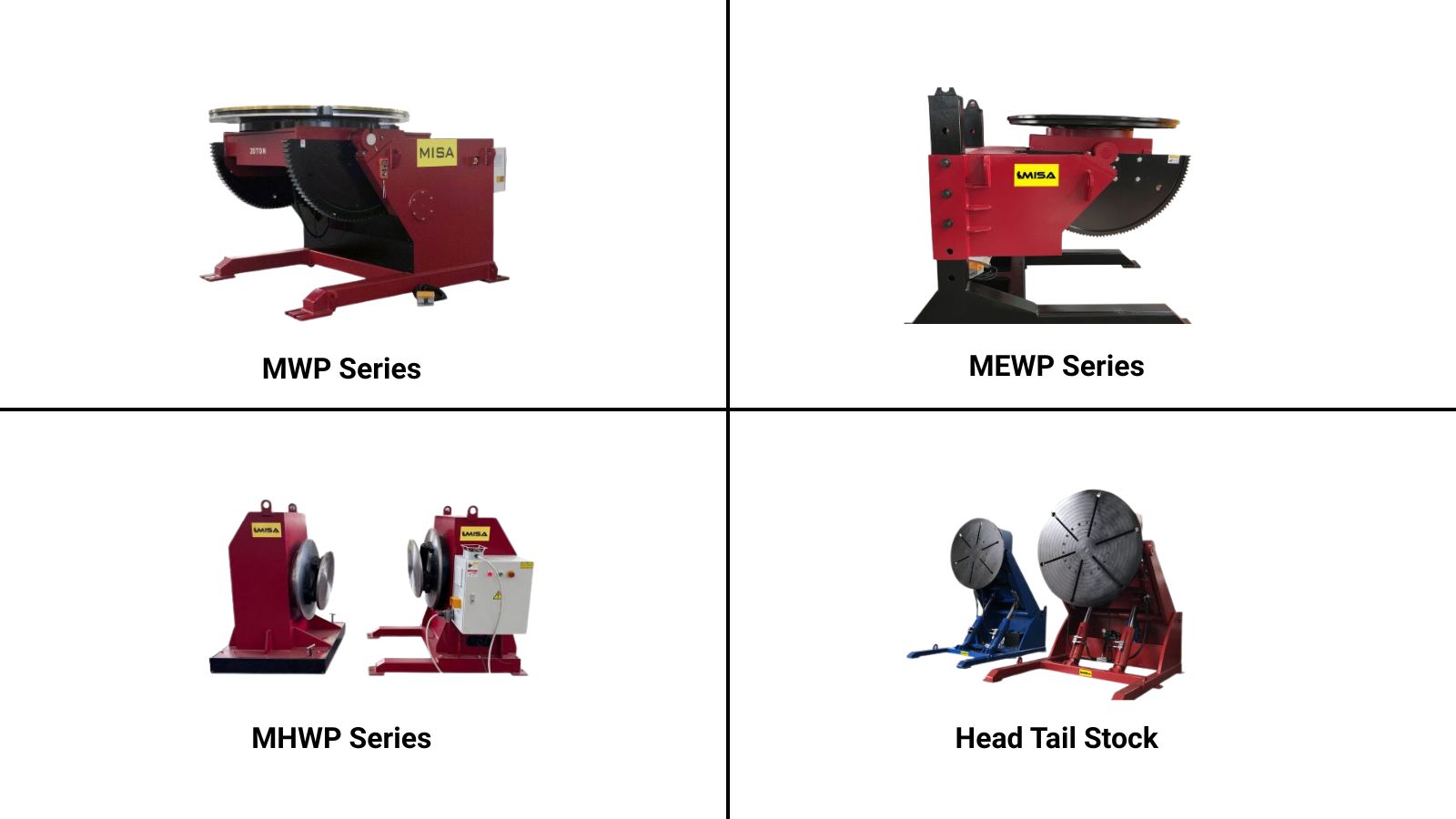
Welding positioners come in various designs, each suited to specific welding tasks and workpiece requirements. Below are the most common types of welding positioners:
Each type of welding positioner is designed to meet specific needs, from small-scale precision tasks to large, automated welding operations, ensuring flexibility and efficiency in various applications.
Welding positioners are used across a wide range of industries, where precision, efficiency, and safety are paramount. These industries include:
In summary, welding positioners are essential tools that contribute significantly to achieving high-quality welds, increasing productivity, enhancing workplace safety, and improving overall operational efficiency in various manufacturing and fabrication settings.
Welding positioners operate by securely holding a workpiece and allowing it to be rotated, tilted, or maneuvered into the optimal position for welding. The positioner typically consists of a base, a clamping mechanism, and a motor-driven system that controls rotation and tilt. Depending on the model, positioners may offer single-axis, dual-axis, or multi-axis movement to accommodate various welding needs.
The process begins with the workpiece being clamped onto the positioner, which can be adjusted to hold parts of different sizes and shapes. The welder or automated system then controls the positioner to rotate or tilt the workpiece, ensuring the weld joint is in the ideal position for the welding process. This eliminates the need for manual repositioning, reduces setup time, and allows for continuous welding, improving both speed and quality.
Advanced welding positioners may include features like programmable controls, allowing for precise automation in high-volume production environments. By integrating with robotic welding systems, positioners can further enhance efficiency, ensuring consistent welds across multiple workpieces.
Selecting the appropriate welding positioner depends on several factors, including the size and weight of the workpiece, the type of welding process, and the production volume. Here are key considerations to guide your decision:
By carefully evaluating these factors, you can choose a welding positioner that aligns with your operational needs, maximizes efficiency, and delivers high-quality welds.
Proper maintenance of welding positioners is essential to ensure longevity, reliability, and optimal performance. Here are some practical tips to keep your positioner in top condition:
By following a regular maintenance schedule, you can extend the lifespan of your welding positioner, minimize downtime, and maintain consistent weld quality.
At MISA, we specialize in providing high-quality welding positioners designed to meet the diverse needs of industries like automotive, aerospace, and heavy equipment manufacturing. Our welding positioners are engineered for durability, precision, and ease of use, ensuring optimal performance in both manual and automated welding environments. With a range of models, from rotary table positioners to advanced multi-axis systems, MISA offers solutions tailored to your specific requirements.
Our commitment to innovation and quality ensures that MISA welding positioners deliver superior weld quality, increased productivity, and enhanced safety. Backed by expert support and reliable service, MISA is your trusted partner for all your welding positioner needs. Visit MISA Welding Positioners to explore our full range of products and find the perfect solution for your welding operations.
Welding positioners are indispensable tools in modern manufacturing, offering unmatched precision, efficiency, and safety in welding operations. By enabling optimal workpiece positioning, reducing manual handling, and supporting a wide range of applications, they play a critical role in achieving high-quality welds and boosting productivity. Whether you're in the automotive, aerospace, or construction industry, investing in the right welding positioner can transform your operations, reduce costs, and enhance workplace safety.
With various types available, from rotary table positioners to advanced L-type systems, there’s a welding positioner for every need. By choosing a reliable provider like MISA and following proper maintenance practices, you can ensure your welding positioner delivers long-lasting performance and exceptional results. Explore the possibilities of welding positioners today and take your welding operations to the next level.


